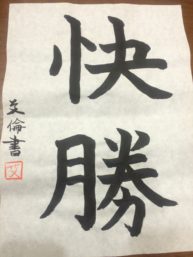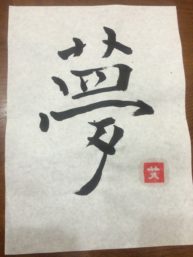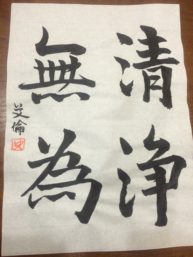This semester, I continued my CIP from last quarter, which was Free Club, a basketball circle at Kyoto University. I spent the semester getting closer to my friends from the previous semester, while also getting to know people that I hadn’t known quite as well. Through the semester, I met alumni (which are called OB in Japanese – short for Old Boys), older members which only came occasionally, and, when the school year changed, new members who were coming in from high school. As such, I got to sort of experience all of the differences in the relationships between Japanese university students based off of age.
The thing I focused on most was levels of politeness in speech, which is what I struggle most with in Japanese, behind only kanji. Perhaps what I found most surprising was not the differences in speech style per se (as in sentence endings, etc.), but the differences in content. For the most part, members of the same year did not really filter things out when talking to each other. They made fun of each other, made stupid or dirty jokes with each other, and overall talked like most guys do in the United States on basketball courts. If members were separated by a year, the older members would not filter very much, but the younger members would be careful to tone down when making fun of the older members. What I found most interesting, however, was the differences in speaking between members separated by two or more years. Of course, the younger members were very polite, making sure not to appear rude. I expected the older members to not filter at all – however, they were extraordinarily nice to younger members. A fourth year, who would crack jokes with third years who made mistakes, would often give advice to first years when they did the same thing,
My advice for future students would be to pay attention to these sorts of things. Everyone knows about です・ます and 敬語, but in reality, we all make mistakes with these and are often forgiven. However, we are not really taught which sort of content is appropriate, even though this is just as important. Therefore, I would suggest to future student to use my experience as a rough outline for university circles, but also to pay close attention to interactions between differently aged members in order to navigate these things.








